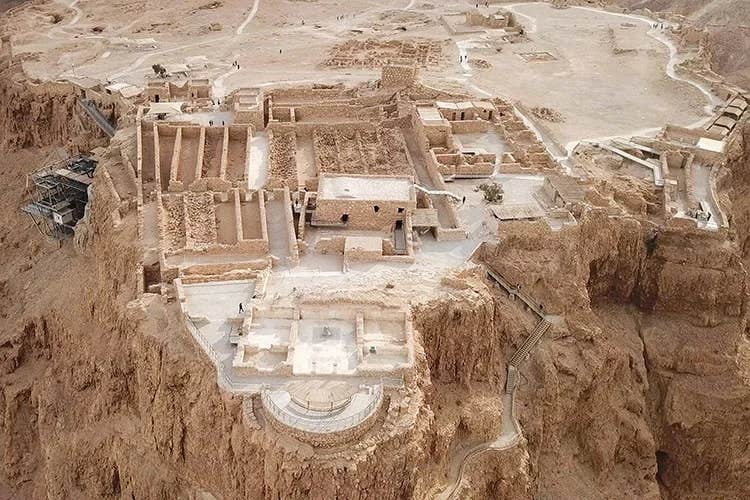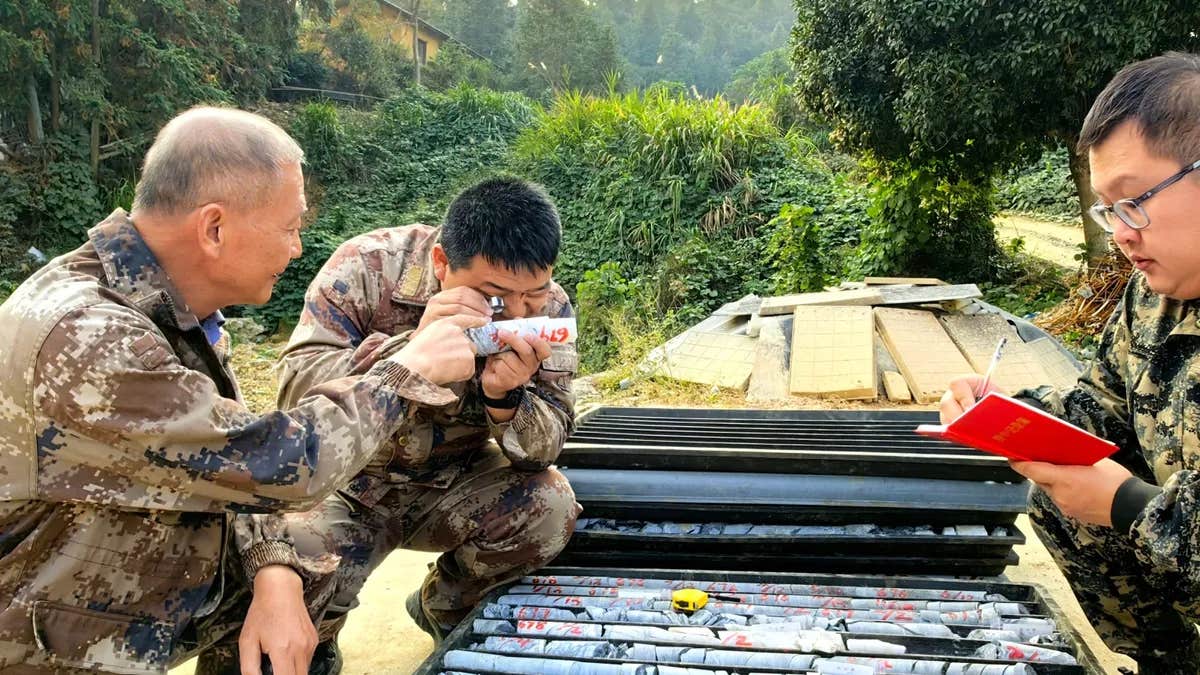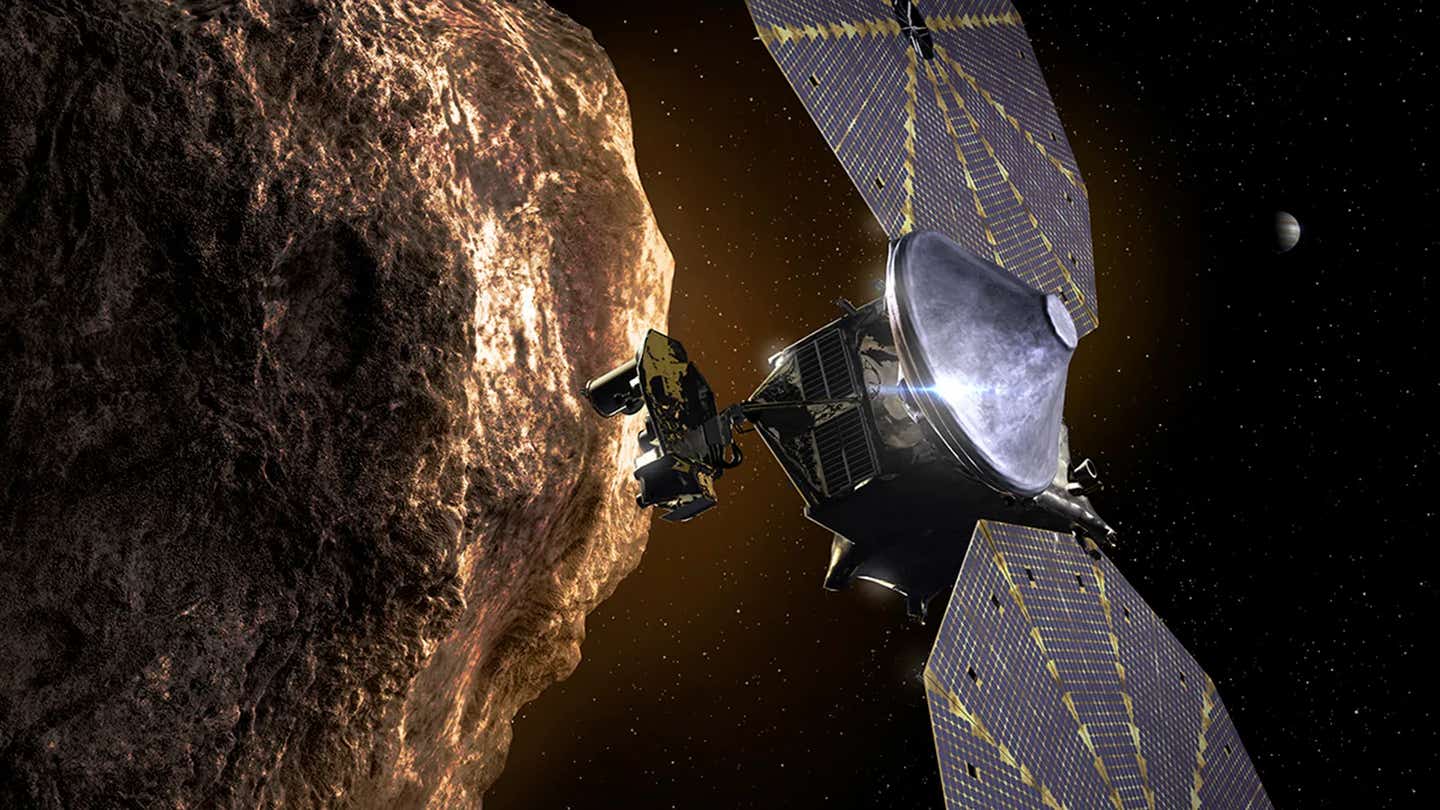The Roman siege of Masada lasted a few weeks, not several years as previously believed
New analysis of the Roman siege system at Masada suggests it lasted only a few weeks, challenging the long-held belief of a three-year campaign.

The team aims to answer fresh questions using tools unavailable to past archaeologists, such as drones and aerial photography. (CREDIT: CC BY-SA 4.0)
Researchers from Tel Aviv University’s Sonia & Marco Nadler Institute of Archaeology have produced the first objective, quantified analysis of the Roman siege system at Masada.
Using modern technologies like drones, remote sensing, and 3D digital modeling, their findings challenge the long-standing belief that the Roman army’s siege in 73 CE lasted for three years. Instead, they suggest it was a matter of weeks.
Led by Dr. Guy Stiebel, along with Dr. Hai Ashkenazi and PhD candidates Boaz Gross and Omer Ze'evi-Berger, the research is part of a larger effort by the Neustadter expedition to bring new insights into the events surrounding the Great Jewish Revolt.
Published in the Journal of Roman Archaeology, the team aims to answer fresh questions using tools unavailable to past archaeologists, such as drones and aerial photography. These technologies provided high-resolution data used to create 3D models of Masada and its surroundings.
Dr. Stiebel explains that his expedition, which began in 2017, focuses on uncovering new details about what occurred before, during, and after the revolt. He points out that while Masada has been extensively studied since the 19th century, many questions remain unanswered.
Related Stories
By examining the water systems, trails, and Roman siege system, the researchers were able to build precise digital models that offer new perspectives. "Thanks to its remote location and desert climate, Masada holds the best-preserved Roman siege system in the world," says Stiebel.
The study's findings take aim at a widely accepted myth: that the Roman siege dragged on for three years. Over the past few decades, scholars have begun to question this assumption, but Stiebel's team is the first to provide scientific data to challenge it directly. With drones carrying remote sensors, the team measured the dimensions of the siege structures, enabling them to calculate the time needed to build them accurately.
Dr. Ashkenazi explains that with reliable estimates of the workload a Roman soldier could handle and knowledge that 6,000 to 8,000 soldiers were involved, they calculated how long it would take to construct the siege system, which included eight camps and a stone wall encircling much of the fortress.
"We found that building everything took about two weeks," he says. After this, the Romans constructed an assault ramp to launch a final, decisive attack, which led to the fall of the fortress within a few weeks. Their analysis suggests the entire siege lasted no longer than a few weeks.
The myth of a lengthy siege has become intertwined with the story of Masada itself, and by extension, a part of Israeli history and identity. According to Dr. Stiebel, the tale of Masada, the Great Jewish Revolt, and its tragic outcome, as told by the ancient historian Flavius Josephus, has long been a key element in Israel’s cultural memory.
The idea that the Romans struggled for three years to take Masada reinforced the narrative of a heroic defense, but the team's research shows that the fortress was captured swiftly.
The importance of Masada in Roman history and its impact on Israeli culture cannot be overstated. Yet, this new research doesn't diminish the significance of the siege. Instead, it invites deeper questions. One such question is why the Romans put so much effort into seizing a remote fortress that appeared to have little strategic importance. This puzzle is just one of many that Dr. Stiebel and his team aim to address through further research.
Dr. Stiebel underscores that this discovery is not the end of the story but part of a larger mission to re-examine Masada. The new insights they've gained are just the beginning of what promises to be a much broader understanding of this iconic site.
"We still have many baffling questions to investigate," he says, pointing to the broader expedition goals. In collaboration with various researchers, the team will continue analyzing data in their labs at Tel Aviv University’s Sonia & Marco Nadler Institute of Archaeology.
This study sheds new light on a long-standing historical debate, using cutting-edge technologies to offer answers to questions that have remained unanswered for centuries. The research team's efforts at Masada represent the convergence of modern science and archaeology, a blend of tradition and technology aimed at uncovering the truth behind one of history's most famous sieges.
For now, it seems that the Roman army’s victory at Masada was far quicker than previously believed.
Note: Materials provided above by The Brighter Side of News. Content may be edited for style and length.
Like these kind of feel good stories? Get The Brighter Side of News' newsletter.
Rebecca Shavit
Science & Technology Journalist | Innovation Storyteller
Based in Los Angeles, Rebecca Shavit is a dedicated science and technology journalist who writes for The Brighter Side of News, an online publication committed to highlighting positive and transformative stories from around the world. With a passion for uncovering groundbreaking discoveries and innovations, she brings to light the scientific advancements shaping a better future. Her reporting spans a wide range of topics, from cutting-edge medical breakthroughs and artificial intelligence to green technology and space exploration. With a keen ability to translate complex concepts into engaging and accessible stories, she makes science and innovation relatable to a broad audience.



